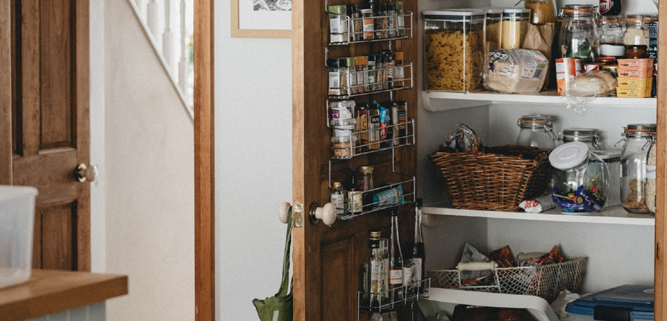Goals, Diversity & Storage of Food: 3 Questions To Ask
Here are 3 questions for your food storage to consider: What are my long term goals? Have I diversified my food choices? Am I prioritizing proper food storage conditions?
1. What Are My Long-Term Goals?
Consider the bigger picture when it comes to food storage. Are you preparing for short-term disruptions or aiming for a more extended period of self-sufficiency? Understanding your long-term goals will shape the types of foods, preservation methods, and storage containers you choose. Some things to consider include:
- Are you building a robust emergency supply or creating a sustainable pantry?
- Do you have any allergens or dietary considerations to take into account?
- What kind of storage space is available to me?
- How does the budget look for starting, continuing, or expanding my storage?
- What emergency scenarios are a possibility in my region?
2. Have I Diversified My Food Choices?
Variety is not just the spice of life; it’s also a cornerstone of smart food storage. Ask yourself if your provisions encompass a diverse range of nutrients, flavors, and textures. Strive for a well-rounded selection that meets your nutritional needs while providing culinary enjoyment. Consider including shelf-stable fruits, vegetables, proteins, and grains to create a versatile and satisfying array of options. Diversification ensures that your stored food not only sustains you but also contributes to a well-balanced and enjoyable diet.
Let us help you! We at Briden Solutions are trained for this very purpose.
Pro-tip: Store food you will eat! For example: not a single human being in my household will eat beets. It would be a silly item to have in my food storage, regardless the health benefits they may provide us.
3. Am I Prioritizing Proper Storage Conditions?
The longevity and quality of your stored food depend heavily on the conditions in which it is kept. Evaluate your storage space—whether it’s a pantry, basement, or emergency shelter—and ensure it meets the necessary criteria. By prioritizing optimal storage conditions, you safeguard the nutritional value and taste of your stored food for the long haul.
- Keep an eye on factors such as temperature, humidity, and exposure to light.
- Invest in airtight containers, moisture absorbers, and proper shelving to enhance the shelf life of your provisions.
- Rotate your food storage, and pay attention to Shelf Life dates. Utilize FIFO (First in first out)
- Watch out for those pests! If you have #10 cans or buckets, it’s less of a problem than pouches
Conclusion:
Asking these three fundamental questions about your food storage practices empowers you to make informed decisions that align with your goal and preferences. Whether you’re curating an emergency kit, stocking up for outdoor adventures, or enhancing your daily pantry, thoughtful consideration of your long-term goals, food variety, and storage conditions ensures that you’re well-prepared for whatever comes your way. Nourishment for tomorrow begins with asking the right questions today—because, in the realm of food storage, foresight is as essential as the provisions themselves.



